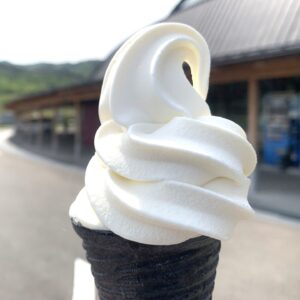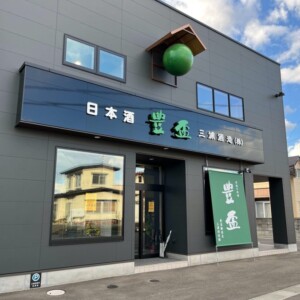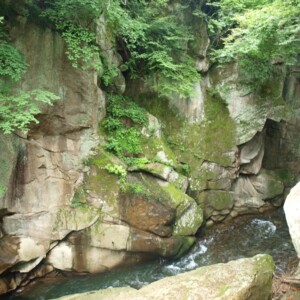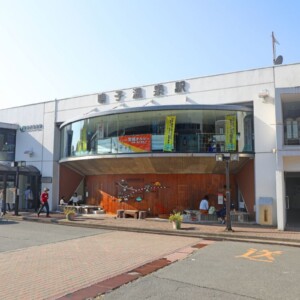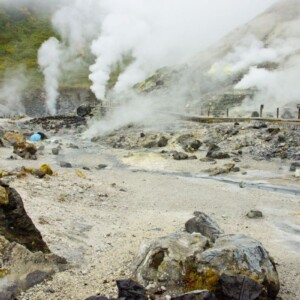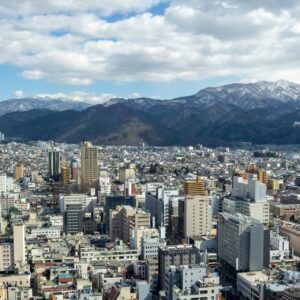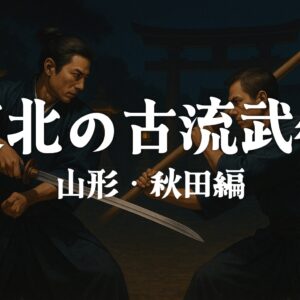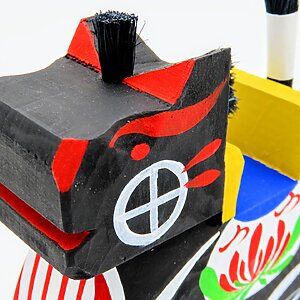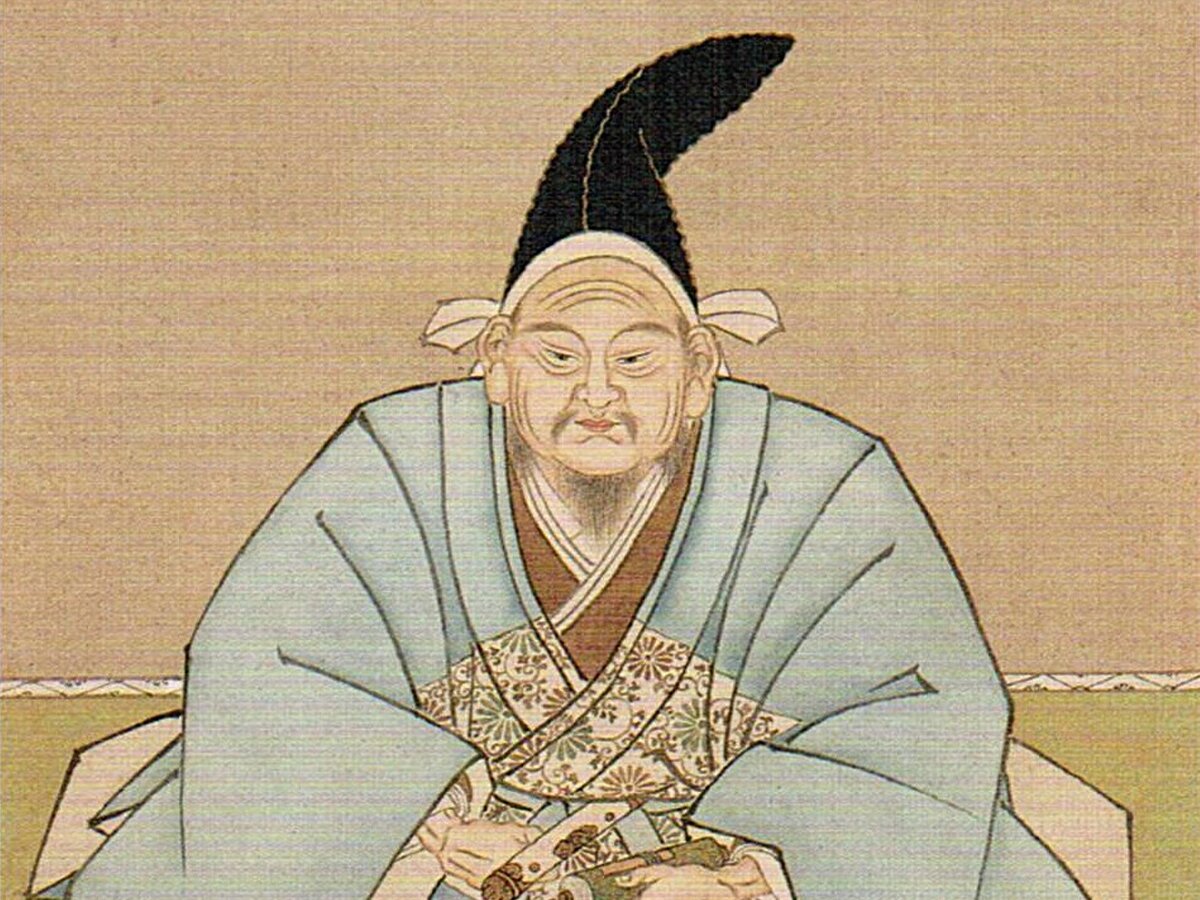
One of the "13 people at Kamakura-dono" and relationship between Minamoto Yoritomo's Chiebukuro Oe Hiromoto and Yamagata Prefecture, one of the "19 people"
table of contents
Oe Hiromoto, who appears as one of the main characters in the NHK Taiga drama "The 13 People of Kamakura,"
It is said that the system of "guardian jito" that appears in history classes Oe Hiromoto
Did you know that Oe Hiromoto, an indispensable figure for the Kamakura shogunate, was actually a person with a deep connection to Yamagata Prefecture, far from Kamakura?
This time, we will introduce the relationship between Minamoto Yoritomo's confidant, Oe Hiromoto and Yamagata
Who is Hiromoto Oe?
It is estimated that Oe Hiromoto was born in 1,148 (Kuan 4th year), at the end of the Heian period. (There is an argument about the origin)
He originally served in the imperial court as a lower-ranked nobleman, but Hiromoto's older brother Nakahara Chikayoshi was invited to Kamakura due to the connection he had been close to Minamoto no Yoritomo, and at the age of 37 he began serving as an advisor to Yoritomo.
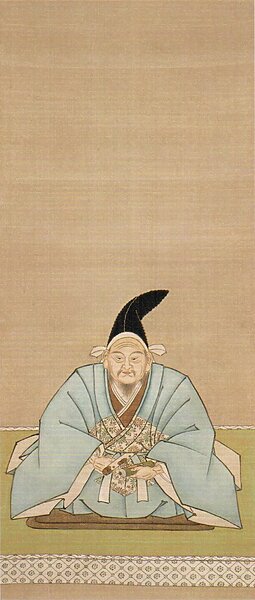
Eventually, Yoritomo destroyed the Heike clan and opened the Kamakura Shogunate, but at that time Hiromoto was assigned to betsuke (something like the current chief) of the Kumonsho (later Masato), which was in charge of general political affairs and finances, and became active at the forefront of the shogunate as a key figure.
During the Joku no Rebellion, where Emperor Gotoba raised his army to overthrow the Kamakura Shogunate, he and Hojo Masako, supported the second rebellion Hojo Yoshitoki along with Yoritomo's wife, and is said to have contributed greatly to the victory of the Shogunate army.
After the fall of the Oshu Fujiwara clan, he ruled Yamagata.
In 1,189 (Bunji 5th year), Yoritomo invaded Oshu Hiraizumi (now Iwate Prefecture) after hiding his younger brother Minamoto no Yoshitsune, and forced the Oshu Fujiwara clan, the northern champion who ruled the Tohoku area, to the ruins of the Oshu Fujiwara clan .
As a reward for the war, Hiromoto was appointed as the head of land in Yamagata Prefecture, such as Sagae Manor (present-day Sagae City and Nishimurayama District) and Nagai Manor (around present-day Nagai City).
Build the foundation of Sagae City
The Oe clan ruled the Sagae region for about 400 years for 18 generations until it was overthrown by Mogami Yoshimitsu during the Sengoku period, and built the foundation of the current Sagae city.
During the era of the 8th head of the castle, Tokiuji, and the 9th head of the castle, Mototoki, Sagae Castle was surrounded by a triple moat and extensive renovations and renovations were carried out. Samurai residences were built one after another around the castle, and Sagae became a thriving castle town.
Spots related to the Oe clan
Jionji Temple
It is a venerable temple with a history of 1,300 years. It is said that the fifth head of the temple, Motoaki, contributed to the restoration of the temple when it suffered a fire in the late Kamakura period. During the Edo period, the Tokugawa shogunate granted it a temple territory of 2,812 koku, making it famous as one of the largest temple complexes in the Tohoku region.
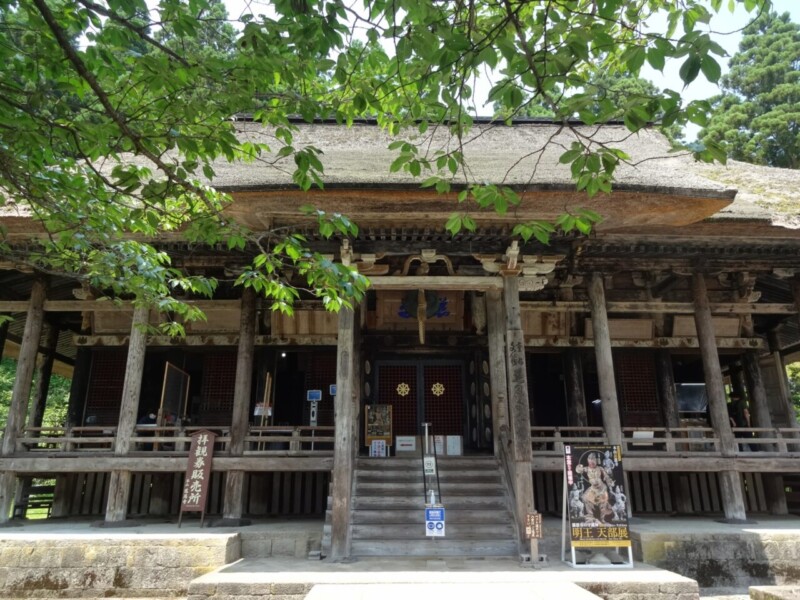
Jion-ji Temple <Information>
- Name: Honzan Jionji Temple
- Address: 31 Jionji, Sagae City, Yamagata Prefecture, 990-0511
- Phone number: 0237-87-3993
- Official URL: Jionji Official Homepage
Google Map
Jionji Temple Terrace
This is a new facility that just opened in May 2021. It clearly conveys the old precincts of Jion-ji Temple, which has been designated as a national historic site.
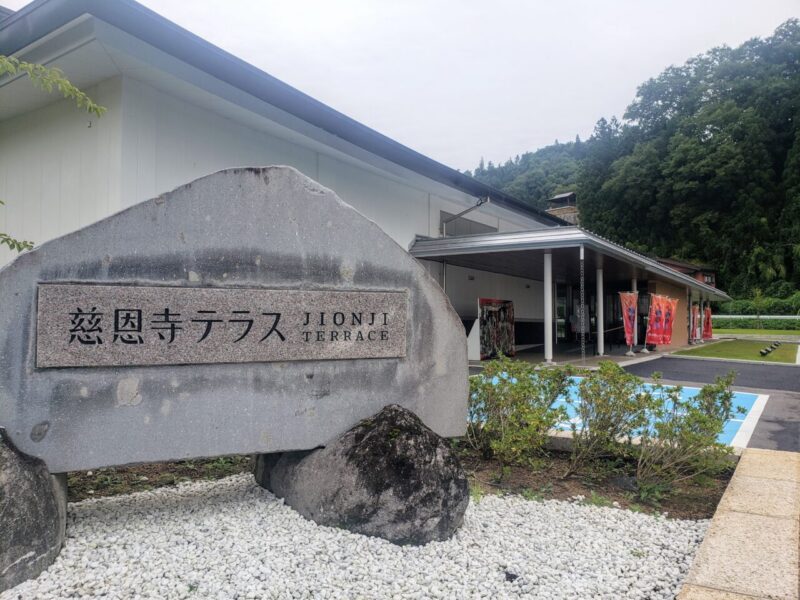
Jionji Terrace <Information>
- Name: Jionji Terrace
- Address: 1178-1 Jionji, Sagae City, Yamagata Prefecture 990-0511
- Phone number: 0237-84-6811
- Official URL: Jionji Terrace official homepage
Google Map
Hontatekan ruins
It is said that Hiromoto, who held important positions in the shogunate and owned several manors mainly in the Kanto region, left the administration of Sagae to his wife's father, Hitotsuna Tada. Hontatekan is said to be the first building built by Hitotsuna Tada.
The Mogami River once flowed nearby, but now only traces of earthworks can be seen.
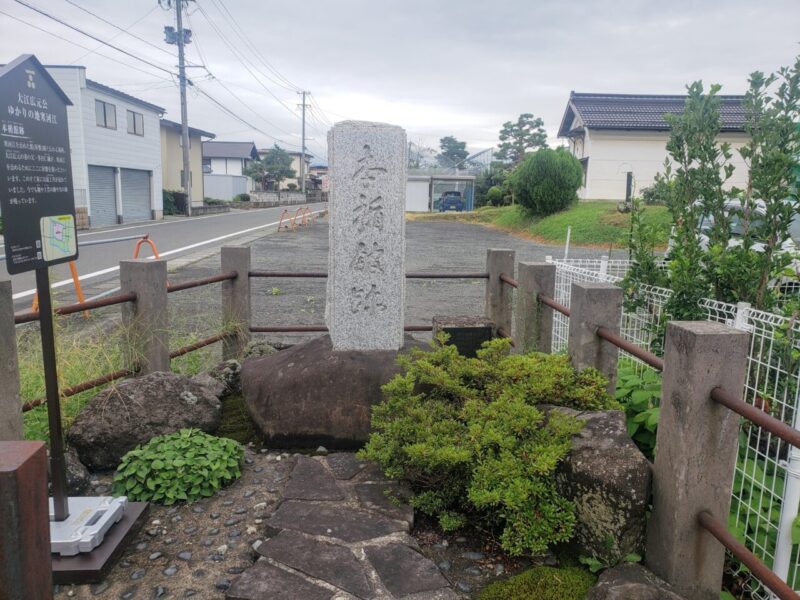
Hontatekan Remains <Information>
- Name: Hontatekan site
- Address: 1-2529-6 Hontate, Sagae City, Yamagata Prefecture 991-0049
- Phone number: -
- Official URL: -
Google Map
Sagae castle ruins
It was the home base of the Oe clan when they ruled Sagae.
One theory is that it was built by Chikahiro, Hiromoto's eldest son.
During the Jokyu War, Chikahiro, who was serving as the guardian of Kyoto, separated from his father, Hiromoto, and sided with the imperial court.
After losing the battle, Chikahiro relied on his grandfather, Hitotsuna Tada, and fled to Sagae, where he lived in hiding until the shogunate pardoned him for his crimes.
Sagae Castle was abandoned during the Edo period and no buildings remain, only a monument. A part of the main enclosure remains is the site of an elementary school.
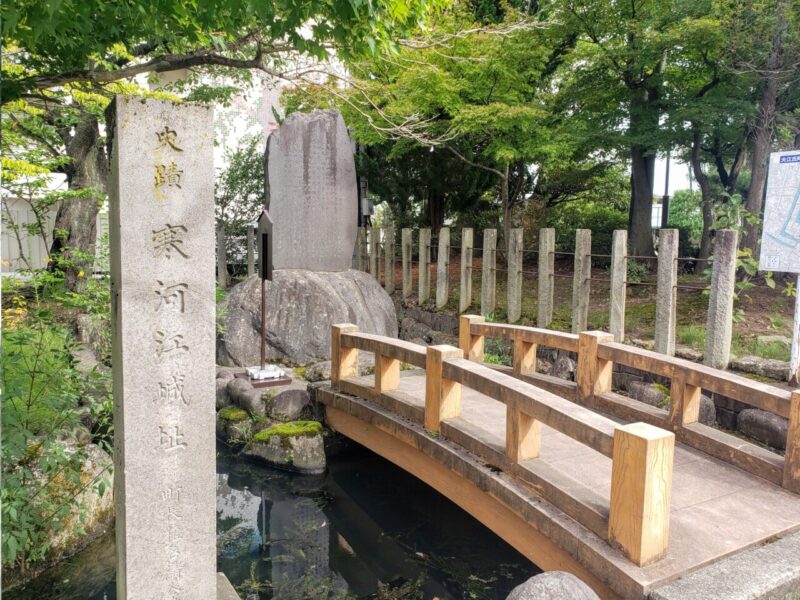
Sagae Castle Ruins <Information>
- Name: Sagae Castle Ruins
- Address: 1-3-11 Maruuchi, Sagae City, Yamagata Prefecture 991-0023
- Phone number: -
- Official URL: -
Google Map
in conclusion
In Sagae City, there is a spot in the heart of the city where you can feel the traces of the Oe clan.
Now that the Taiga drama ``13 People of Kamakura-dono'' has been aired, the image of Hiromoto Oe has become much more familiar, so why not visit some spots associated with the Oe family to prepare for or review the drama? Is it?
Reference: “History of Hometown Sagae” by Tokio Abe/Kei Ui (Sagae City Board of Education, Yamagata Prefecture)


![The Nisshinkan, which the Hakutotai learned about, is one of Japan's leading feudal schools! There's nothing that's not possible [Fukushima Prefecture] Aizu Domain School Nisshinkan (Gekimon)](https://jp.neft.asia/wp-content/uploads/2018/09/22945616_m-150x150.jpg)
![[Sagae City, Yamagata Prefecture] Famous for Taiga dramas? What is “Mr. Oe” and Sagae City? I visited Jionji Temple in Nagosha. Jionji temple gate](https://jp.neft.asia/wp-content/uploads/2023/08/27823052_m-150x150.jpg)
![[Shibata District, Miyagi Prefecture] One of the best cherry blossom viewing spots in Miyagi! Funaoka Castle Ruins Park 22426368_m](https://jp.neft.asia/wp-content/uploads/2023/04/22426368_m-150x150.jpg)
![[Aizuwakamatsu City, Fukushima Prefecture] The biggest festival in Aizu! Aizu Festival 2023 holding information 634-1569](https://jp.neft.asia/wp-content/uploads/2023/08/634-1569-1-150x150.jpg)

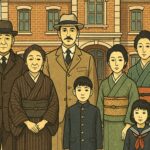
![Esashi Fujiwara Village is a famous filming location for historical dramas! See, touch, and experience the beauty of the Heian period [Oshu City, Iwate Prefecture] Esashi Fujiwara Village "Main Gate of the Government Office"](https://jp.neft.asia/wp-content/uploads/2017/06/28205566_m-150x150.jpg)
![Nihonmatsu Shrine, the main shrine of the former Nihonmatsu Domain, famous for its lantern festival [Fukushima Prefecture] Approach to Nihonmatsu Shrine](https://jp.neft.asia/wp-content/uploads/2024/02/PXL_20231012_061040533-150x150.jpg)
